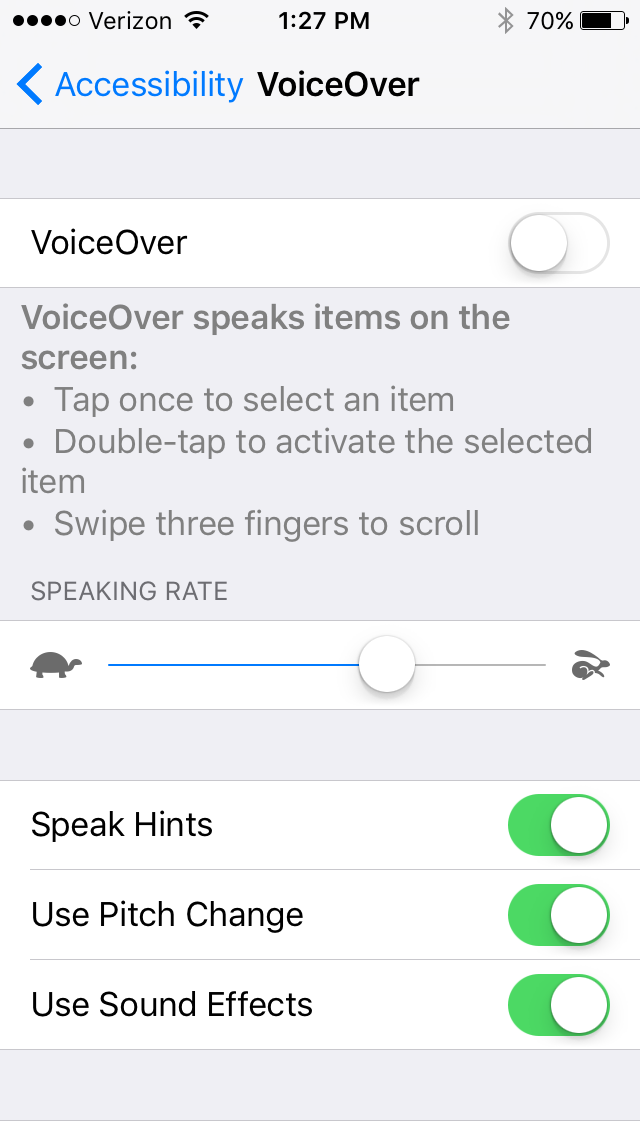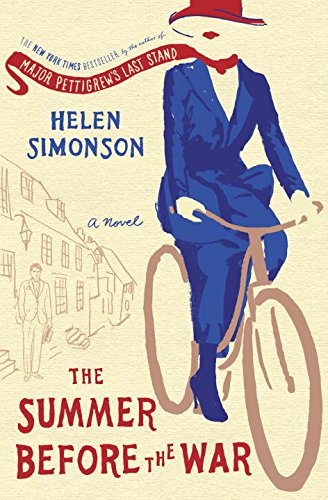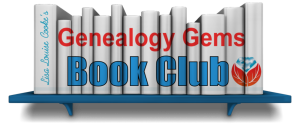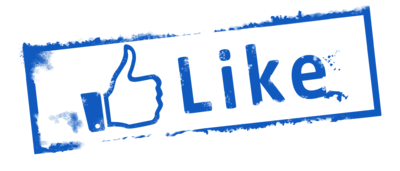by Lisa Cooke | Jul 8, 2014 | 01 What's New, Beginner, Blogs, Family History Podcast, Social Media
Family History: Genealogy Made Easy
with Lisa Louise Cooke
Republished July 8, 2014

Listen to the free podcast in your favorite podcast app.
https://lisalouisecooke.com/familyhistorypodcast/audio/fh39.mp3
Download the Show Notes for this Episode
Welcome to this step-by-step series for beginning genealogists—and more experienced ones who want to brush up or learn something new. I first ran this series in 2008-09. So many people have asked about it, I’m bringing it back in weekly segments.
Episode 39: How to Start a Genealogy Blog, Part 2
This week we continue to explore the world of family history blogging, a terrific way to share your findings, connect with other researchers and long-lost relatives, and pass on your own research experiences. In the last episode The Footnote Maven advised us on how to get started blogging. In this episode I interview TWO more successful genealogy bloggers:
- Denise Levenick, author of The Family Curator Blog and alter ego of “Miss Penny Dreadful,” who writes on the Footnote Maven’s Shades of the Departed blog. Denise will tell us about the origins of her Family Curator blog, and why she feels motivated to write it. And she’ll also share some of her top tech tips!
- Schelly Tallalay Dardashti, author of the Tracing the Tribe blog. She’ll tell us how she got started blogging, and what really got her hooked on it. She’ll tell us about her process for posting articles and how much time she spends blogging, and will dispel the myth that you have to be technically inclined to have a blog.
This episode is your personal genealogy blogging training with some of the best in the biz!
Denise Levenick: The Family Curator
Denise, a native Californian, has worked as an editor and journalist since publishing a neighborhood newspaper in grade school and has taught both journalism and literature in Pasadena schools for 19 years, so it’s no wonder that she took to blogging.
Here are some highlights from my conversation with Denise:
- She says that “each of us is a family curator with responsibility.”
- Use a free downloadable software program called Transcript. I found the most recent version available and described online here.
- She mentions a blog called Family Matters on the Moultrie Creek website.
- Denise mentions Evernote, free software helps thousands of genealogists keep their research organized and their sources (online and offline) at their fingertips. Want some help using Evernote for genealogy? Click here to read some of my top tips.
- She also mentioned Scribefire. (Update: Scribefire is now a web browser extension. Chrome: https://chrome.google.com/webstore/search/scribefire There is also GenScribe here: http://genscriber.com/genapps/start)
Schelly Talalay Dardashti: Jewish genealogy specialist
Schelly Talalay Dardashti has tracked her family history through Belarus, Russia, Lithuania, Spain, Iran and elsewhere. A journalist, her articles on genealogy have been widely published. In addition to genealogy blogging, she speaks at Jewish and general genealogy conferences, is past president of the five-branched JFRA Israel, a Jewish genealogical association, a member of the American Jewish Press Association, and the Association of Professional Genealogists.
Highlights from the conversation with Schelly:
- “You don’t have to be a techie to blog!”
- She mentions using Feedburner for headline animation. Feedburner was bought by Google; learn more about headline animation from Google here.
- Schedule blog posts in advance for your convenience.
- Got Jewish DNA? She recommends testing through Family Tree DNA because they have a critical mass of Jewish DNA samples already in their system.
- Genealogy conference recommendation: The Southern California Genealogy Jamboree.
by Lacey Cooke | Dec 5, 2018 | 01 What's New, Census, Legacy Tree Genealogists
The 1790 United States census was the first census taken after the establishment of the new country, so documenting ancestors’ presence at this historic time often inspires a sense of patriotism. However, locating those census entries can pose a few challenges. Use...
by Lisa Cooke | Jun 6, 2016 | 01 What's New, Apps, Book Club, Mobile, Smartphones |
Wish someone could read your Kindle e-book to you? Your iPhone can. Here’s how to turn a Kindle ebook into an audiobook. For free.

Turn eBook into AudioBook
I love to read. But when I’m on the road, doing chores or working out, it’s easier to listen to books. Sometimes I purchase an audio format or find one at my local library. But audiobooks are pretty expensive, and they’re not always available for the books I want.
So what if I have an e-book already on my Kindle and I want my iPhone to read it to me? It can.
Here’s how to turn a Kindle ebook into an audiobook on an iPhone 5s:
1. Customize VoiceOver settings. On your iPhone, go to Settings > General > Accessibility.
2. Set the reading speed. On the VoiceOver screen, go down to the Speaking Rate bar and adjust it to a speed you like: toward the turtle image for slower, and toward the running rabbit for faster.
3. Choose the reading voice. On the same screen, you can select the voice you want to hear. Choose Speech. Under Default Dialect, you can choose among several English-speaking reading voices, categorized under U.S., Australian, U.K., Irish and South African English. Or tap “Add New Language” to enable one of many other languages.
4. Open your Kindle app (or download it here).
5. Choose a book from your Library. Or go to Amazon.com, select Kindle Store under the All Departments dropdown menu on the search bar, and search for titles (or search “Kindle free books” for free Kindle books to read). You should also check with your local library about borrowing Kindle ebooks.)
6. Open the book. Tap the book and swipe left to page forward through the front matter until you want to start reading.
7. Ask Siri to “turn on VoiceOver.” You can also do this manually by going back to Settings > General > Accessibility. Once you turn on VoiceOver, it reads everything to you. I find it annoying and more difficult to navigate in the iPhone with VoiceOver on, so I don’t enable it until I am ready to use it. After Siri confirms that VoiceOver is enabled, press the Home button once to return to your Kindle book.
8. Start the audio reading. A black border will appear around your Kindle book page. A voice will start to give you instructions. Swipe down with two fingers to begin reading continuously (beginning with the current page and continuing through the book until you stop.
9. Double tap the screen to stop reading and bring up the menu options.
If you’re used to audiobooks read by actors and professional readers, you’ll miss their polished performances. But the voice works for me in a pinch, when I just want to listen to an e-book I already have on my Kindle.
Why not try this with the current Genealogy Gems Book Club featured title, The Summer Before the War by Helen Simonson? Click on the book title to order the Kindle e- book. It’s a perfect summer read: a light-hearted romance with colorful characters and a compelling historical backdrop at the outset of World War I.
book. It’s a perfect summer read: a light-hearted romance with colorful characters and a compelling historical backdrop at the outset of World War I.
 This post was brought to you by the free, no-commitment online Genealogy Gems Book Club. We choose titles for their appeal to family history lovers, AND we interview their (often best-selling) authors. Click here to learn more about the Genealogy Gems Book Club.
This post was brought to you by the free, no-commitment online Genealogy Gems Book Club. We choose titles for their appeal to family history lovers, AND we interview their (often best-selling) authors. Click here to learn more about the Genealogy Gems Book Club.
by Lisa Cooke | Nov 6, 2015 | 01 What's New, Ancestry, British, Church, Findmypast, Immigration, Records & databases
 Our review of new genealogy records online this week includes the 1939 Register for England and Wales; church records for Illinois and Kyiv, Ukraine; New York naturalizations and Mexican vital and church records. Which of these may name your family members?
Our review of new genealogy records online this week includes the 1939 Register for England and Wales; church records for Illinois and Kyiv, Ukraine; New York naturalizations and Mexican vital and church records. Which of these may name your family members?
ENGLAND AND WALES POPULATION REGISTER. The 1939 Register is now online at Findmypast, as we blogged about earlier this week. Click here to learn more about this crucial record set for those researching English and Welsh families.
FLASH SALE! Receive a 10% discount off 300 credits on Findmypast now through Friday 13thNovember 2015 at 11.59pm GMT using the code 1939REG10. Click the graphic below to have the discount automatically set up for you.

(When you use our links and graphics you are helping to support the free Genealogy Gems Podcast – thank you!!)
ILLINOIS CHURCH RECORDS. Ancestry has updated its collection of United Methodist Church records for 87 counties in central and southern Illinois. The collection now spans 1824-2009, bridging record gaps like the lack of government vital records in the past and privacy restrictions for more recent records. Click here to search for baptisms, marriages, deaths, family buy worm medication for cats migrations and more. These records are for congregations that are no longer in existence.
MEXICO. For October, Ancestry announced the addition of “more than 250 million Mexican birth, marriage, death, and church records—plus U.S. census, border crossing, and naturalization records.” click here to search Mexican records on Ancestry–through Monday, October 9, access to these collections is free.
to search Mexican records on Ancestry–through Monday, October 9, access to these collections is free.
NEW YORK NATURALIZATIONS. Ancestry’s collection of naturalization records for New York (1882-1944) have been updated. click here to search for immigrant ancestors who may have naturalized in New York, which welcomed millions of immigrants who may have done this paperwork during that time.
to search for immigrant ancestors who may have naturalized in New York, which welcomed millions of immigrants who may have done this paperwork during that time.
UKRAINE CHURCH RECORDS. You can new browse a new collection of Orthodox church records for the Diocese of Kyiv, Ukraine (1734-1920) on FamilySearch. These include duplicate records of baptisms/births, marriages, and burials/deaths created by church officials for civil authorities. Click here to view these records for free (sign-in may be required).

Please help spread the great news! Thank you for sharing these new genealogy records online with your genealogy societies, fellow researchers and family.
Simply copy and paste the URL for this page:
- into an email
- on your Facebook page
- on your society Facebook page
- on Pinterest




 book. It’s a perfect summer read: a light-hearted romance with colorful characters and a compelling historical backdrop at the outset of World War I.
book. It’s a perfect summer read: a light-hearted romance with colorful characters and a compelling historical backdrop at the outset of World War I. This post was brought to you by the free, no-commitment online
This post was brought to you by the free, no-commitment online 
